A monument to Emily Georgiana Finch-Hatton, Countess of Winchilsea and Nottingham, who died in 1848, aged 39, Victoria and Albert Museum, London.
“How has your day been so far?”
It’s a question that makes me want to commit acts of violence.
Insincere and phony, it’s the processed, transfatty food of conversation, the sort of question manufactured for a corporate training manual, section 1: “How to greet the customer”. The sort of remark that falls on a spectrum of conversational atrocities: the chirpy interruption of the pollyanna; the grey turned black and white; the complex subject shut down with a platitude; the interjection of the interminable know-it-all; the never-ask-a-question-about-anyone-else strain of self-absorption.
It’s 7.15am.
“How has your day been so far?” asks the woman at the check-in counter at Sydney airport.
7.15am. I haven’t even had a day yet, I haven’t had a coffee, I’m in the aftermath of a tooth extraction, I’m travelling to a funeral interstate to deliver a eulogy on behalf of grieving members of my extended family.
“How has your day been so far,” she asks and I want to snarl. I give her a look, maybe say “fine”, and she gives me a look back, maybe I’m a monster.
7.15am, no patience for this.
And, a segue – for the second time in a year I’m travelling interstate to deliver a eulogy on behalf of grieving members of my extended family. This time a cousin, dead at 47 after enduring a brutal genetic disorder her whole life. Last year my distinguished uncle, my late father’s identical twin, honoured with a state funeral in a Canberra church, like farewelling Dad all over again.
The day before my uncle’s funeral I attended another one, a friend’s, a lovely former colleague who died horribly suddenly. A year before that, my aunt’s funeral, the mother of my now-late cousin (Covid’s effects ruthlessly hastened both of their deaths.)
And that’s not to mention all the deaths, the funerals and memorials I didn’t get to: two significant ex-boyfriends, an acquaintance who died traumatically without warning, an old boss, and surely I am forgetting someone because there have been so many of them over the past three years and I’ve barely found the wherewithal to grieve my father’s death and that was 15 years ago.
And this is life.
In an Anglican church now in a regional Queensland city, the church into which my paternal grandfather was carried in a coffin and a clergyman sprinkled holy water over my bald baby head and my paternal grandmother’s body lay in a box. Hushed. St Luke in the stained glass. A new box here now and the unimaginable body without a soul inside. The box, how hard it is to see, to understand. My hollowed-out cousin and his father in the front pew. How inadequate are the words I read on their behalf.
Graveside now and how deep is the hole some of us are lowered into, 6ft under and more, earth walls bearing the crude scars left by some mechanised grave digger, and the air that rises from the deep, pitiless hole is chilling, damp and soil-scented.
Burn me, burn me.
And I study headstones to see who my cousin’s companions will be in this eternal draughty place, and I think of George Saunders’ incredible ghost story, Lincoln in the Bardo, and its swarming spirits, and I think of the T-shirts my father had printed and wore when he knew his cancer would do him in (“It’s later than you think,” read one; the image of a skull on another). I think of the “death meditation” I took to doing for a while and how it fell away, and of the young boy I know of, barely a teenager, deathly ill, cancer too, who, in his last hours, said to his mother – “I want to go but I don’t know how to”, and of my poor cousin, ill her whole life, who desperately, desperately refused ever to countenance death.
And I think of the monument I felt compelled to linger beside in the Victoria and Albert Museum in London last month, created in memory of Emily Georgiana Finch-Hatton, Countess of Winchilsea and Nottingham, a maid of honour to Queen Adelaide in the early 19th century. Emily died when she was 39. The inscription around her monument’s plinth reads:
I
When the knell rung for the dying
Soundeth for me
And my corse coldly is lying
Neath the green tree
II
When the turf strangers are heaping
Covers my breast
Comes not to gaze on me weeping
I am at rest
III
All my life coldly and sadly
The days have gone by
I who dreamed wildly and madly
Am happy to die
IV
Long since my heart has been breaking
Its pain is past
A time has been set to its aching
Peace comes at last
Get ready.
St Paul’s Anglican Church, Manuka (Photograph: Mel Hill Photography.)
Housekeeping
Looking at my newsletter analytics, I’ve noticed something: some of my most loyal readers – the ones who open every single issue of Vamp – aren’t yet paid subscribers. I get it! The cost of living, busy-ness, your credit card is in another room, you can’t remember if your security code ends in a 7 or a 4 … I get it!
But if you enjoy what you read here each week and are in any position to support my work, I’d be super grateful if you can take that walk into the next room! Your support will make it sustainable for me to continue to put the time and effort I do into Vamp each week and keep it out the front of a paywall as often as possible so everyone, including the skint-est, can enjoy it.
A monthly subscription is $7 – not much more than the price of a caffè latte. An annual subscription is $64.🙏
🎵 Mood
Vale Brian Wilson (week 2): A stellar 2014 all-star video medley of the Beach Boys’ 1966 hit, God Only Knows, featuring, among others, Stevie Wonder, Pharrell Williams, Chris Martin, Lorde, One Direction, Elton John, Florence Welch – and Brian Wilson. More here about how the recording came to be.
Meanwhile, The New York Times pays tribute to the song: “God Only Knows was inspired by baroque music and featured the harpsichord and the oboe – plus sleigh bells. Carl Wilson (one of three Wilson brothers in the Beach Boys) sang it with all the contradictory longing demanded by a devotional love song that begins ‘I may not always love you’. In the mid-60s, the Beach Boys and the Beatles were engaged in a constant battle of one-upmanship, trying to expand the sonic and melodic possibilities of rock music. Paul McCartney had to concede defeat on God Only Knows: He called it the greatest song ever written.”
And, from Sting …
Wild thing
3:32 minutes of loveliness … “can girls be robots?”, “where did you find me when I was a baby?”, “why do you pick flowers and then they die”, “why doesn’t everyone know me?”. …
Reading
How a women’s swimming group is addressing loneliness in Perth: “We always say at our dips, if you see someone sitting by themselves and you’re in a group, make eye contact and bring them in. And if you come by yourself and you see a group, don’t be scared to sit in with them.”
A powerful new wave of books aims not only to destigmatise solitude, but also to make a case for its benefits and pleasures: “Society understands better now that romantic love is not the only model to live by, or something to wish for.”
A new book, Bad Company: Private Equity and the Death of the American Dream, explores the brutality of wealth and “private equity vultures” (including those stripping local newspapers): “A metastasizing swath of media is controlled by private-equity vultures and capricious billionaires and other people who genuinely believe that they are rich because they are smart and that they are smart because they are rich, and that anyone less rich is by definition less smart.”
The Monday weekly newsletter from Scott Pape, the Barefoot Investor, is generally an entertaining and informative read. In an important recent edition he answered a letter from a reader concerned about her father’s financial control over her mother (I’d encourage you to share this link widely).: “Your dad isn’t being frugal – he’s being a total prick. … your old man [is] using money to control your mum.”
How to tap into the “flow” state, “a curious, all-absorbing state of mind where we feel amazing and are incredibly productive and creative at the same time” (a fascinating story!): “ ‘Talent’ is never enough for true brilliance. You do need technique practice to forge the right pathways in your brain.”
In Harper’s Bazaar, Pamela Anderson’s remarkable second act : “About five years ago, she says, she decided to retire, returning to her roots on Vancouver Island, to a property that her grandmother used to own. ‘I wanted to remember who I was, so I went back to where the trees have known me since birth. I rewrote my life and literally replanted my garden to see what would grow. I thought, I’m going to make pickles and jams, and I can be perfectly happy here.’ She smiles. ‘Sometimes when you think it’s the end, it’s really the beginning. That’s what it was for me’.” (See Pamela’s garden, below, in “Home and Garden”.)
American (comedic) writer Ginny Hogan on traditional masculinity, what it is, what it’s not: “He was so threatened by new ideas of gender norms, by a new world order that redefined what it meant to be a man, that he was blocking a PREGNANT LADY from peeing. … You want to talk about being a man? What about being a gentleman? What about chivalry? What about men standing up for women? Do you think George HW Bush ever blocked a pregnant lady from peeing???? I don’t think so. He would have held the door. And then he would have stood by it to protect my privacy. That’s the Bush Way.”
PLUS: Gentlemen Prefer Blondes by the Hollywood screenwriter Anita Loos. The only 😢 book I managed to get through while I was away. A gem from 1925, the book on which the delicious 1953 Marilyn Monroe-Jane Russell film was based and, according to The Guardian, number 49 on the list of 100 Best Novels Written in English. Says English writer and editor Robert McCrum: “This novella (it is barely 150 pages in my battered Penguin edition) falls into the category of ‘guilty pleasure’, but I think it earns its place on this list, if only for the roll call of its distinguished contemporary fans, its lasting influence, and intensely quotable lines.”
In the film, Monroe plays showgirl Lorelei, blonde on the outside, street-smart inside. The book takes the form of Lorelei’s diary and is rich with her literacy-challenged, stream-of-conscious observations as Lorelei and her showgirl friend, Dorothy, travel transatlantically from America to Europe in search of wealthy men and diamonds:
“So it seems that Gerry has had quite a lot of trouble himself and he can not even get married on account of his wife. He and she have never been in love with each other but she was a suffragette and asked him to marry her, so what could he do?”
“So of course I laughed very, very loud and I told Piggie he was wonderful the way he could tell jokes. I mean you can always tell when to laugh because Piggie always laughs first.”
“I do not mind a gentleman when he tells a great many storys if they are new, but a gentleman who tells a great many storys and they are all the same storys is quite enervating.”
PLUS, PLUS: THE SEMI-COLON:
In a recent edition of The New Statesman’s “The Saturday Read” newsletter, writer Nicholas Harris’s delightful ode to the delightful semi-colon; I adore this punctuation mark!
(Guardian story about the aforementioned punctuation survey here.)
Beautiful Things
The delightful story of an embroidered waistcoat (click through for video) … inspired by Beatrix Potter’s The Tailor of Gloucester, created in Rajasthan.
My god, this artist’s incredible needlework!
I’m developing a strange affection for this nutter (click through for video) … so it seems are many others … more than 700,000 followers on Instagram. (According to his management company, he’s a multidisciplinary performer, trained clown, psychic life coach, spiritual guide and a former St George’s Choir singer for the Queen.)
Food
CROQUE MONSIEUR: Chipped nail polish, my old Collins English dictionary as backdrop (used these days 😢 only as a sentimental stand for my external monitor but, in pre-internet days, particularly when I worked as a sub-editor at The Independent in London, a most indispensable word- and fact-checking resource and the newspaper’s dictionary of choice), and, yet another meal at my desk. But, SUCH a good meal.
See last week’s post for background: on my recent, rare trip to Paris, for breakfast/brunch near my hotel in the 9th arrondissement, I sought out that great classic toasted ham and cheese bistro sandwich, a croque monsieur. The first I ordered at one place was awful, the second, at another, unmentionable. I know now that walking off the street into a Parisian bistro or brasserie will mostly lead to disappointment if you’re in search of excellent food.
So inedible was that second croque monsieur that I pulled up Google Translate on my phone while still sitting at my little table. I was SO cross. I’d popped into a place that appeared to have a local clientele; the menu claimed its C.M. used “artisanale” and “traditionnel” ham and cheese. What arrived at my table included a slice of processed ham, a slice of yellow processed cheese slapped between cheap white bread and it was cold, ungrilled. From memory, it was around 12€ (AUD$21). Restaurants taking the piss. I really don’t want to sound like a wanker but … I asked Google Translate: “How do I say: ‘Just because I’m a tourist doesn’t mean I don’t know the difference between a good croque monsieur and a bad one. This is rubbish. It is inedible. I refuse to pay for it’.” Google Translate replied:
Ce n'est pas parce que je suis touriste que je ne connais pas la différence entre un bon croque-monsieur et un mauvais. C'est nul. C'est immangeable. Je refuse de payer pour ça.Then I checked in with ChatGPT; if I used Google Translate’s suggestion, I asked, how would it go down? In a nutshell, ChatGPT told me I’d appear as arrogant, indecorous. I didn’t use Google Translate’s words. But I didn’t pay for that sandwich either. As though she was used to it, when I pushed it aside and told the waiter, as politely as I could (in English), it wasn’t good, she shrugged and took it away as though she dealt with such complaints every day. They didn’t put the sandwich on my bill. The moral of the story: if you’re travelling and crave good food rather than just calories, research ahead is essential. And … don’t be timid about sending poor stuff back; if you don’t, it perpetuates the delivery of bad food at inflated prices.
This week in my own kitchen, I finally laid to rest my croque monsieur craving (for my health’s sake, that craving really needs to be laid to rest). Ingredients: good sourdough, butter, good real ham, good real Gruyère, a little grated parmesan, some Dijon mustard, Béchamel sauce (good basic recipe here but never stop stirring – use your wooden spoon to stir in a clockwise circular motion pushing the floury bits against the saucepan’s side with the back of the wooden spoon to break them down). I largely followed the Recipe Tin Eats version which suggests multiple (multiple!) layerings of Gruyère with Béchamel, ham and mustard (as if anyone could argue with that). You could also consider David Lebovitz’s version (no mustard and adds cayenne to the Béchamel) or the BBC Food version (which adds cream, garlic and onion to the Béchamel and throws a mustard mayo into the layers). All versions take a little more time than the average sandwich but it’s so worth it. Just don’t get your cholesterol tested in the days/weeks following consumption!
GROWING THAI: Great ABC Gardening Australia segment last night … Thai-born chef and molecular biologist Itsara Pracharoenwattana combines his two skills to grow the most excellent, freshest ingredients he can for his Perth restaurant. … an intoxicating number of Thai ingredients from betel leaves and lemongrass to white turmeric and Thai apple eggplant.
COOKING LESSONS …
Via Michael Ruhlman’s newsletter …
Travel: Paris
A few design addresses (places I liked, might not be for everyone) from my Paris trip:
The gorgeous Miyuki Koshimizu (@uraha_bijoux) at @rdvdesigners (loving my new earrings Miyuki💕, thank you!) at Rendez-Vous Designers in rue de l’Echaudé (Left Bank, off Boulevard Saint-Germain, near Mabillon metro station). The little shop features the works of independent French creators such as Miyuki who take turns working in the shop.
Loved also the paper creations of Nathanaëlle Lobjoy (below, @nathanaellelobjoy), especially her pendant lamps (fabulous video here showing her at work). RDV range also includes scarves, jewellery, sweaters, leather accessories, ceramics and decorative objects.
Three in one in the 3rd and 11th arrondissements, a 12-minute walk between them: 1. Start at Merci design on Boulevard Beaumarchais in the 3rd … a three-level temple of design including homewares, kitchen products and fashion. (Also in Rue Richelieu in the 1st.) 2. Walk the 12 minutes to the fab Antoinette Poisson at 12 Rue St Sabin in the 11th (wallpapers, fabrics, cushion covers, lampshades, boxes, notebooks). Would love the book – A Year in the French Style: Interiors and Entertaining by Antoinette Poisson. 3. Pop next door to ASX design (below) – vintage finds including glassware, fabrics and dinnerware. More about ASX here. It’s possible I spent money I shouldn’t have on this walk!
Tip: If you want to visit flea markets in Paris, make sure you’re there over a weekend; weekdays, they’re mostly closed. On a Monday, we found our way to Paul Bert Serpette antique market in the northern Paris suburb of Saint-Ouen but only a few stalls were open selling mostly expensive and larger (ie, furniture) pieces. The concierge at our hotel suggested we search for “brocante” (essentially pop-up flea markets) on Google maps and, on any day, you might find a street market open near where you happen to be. More flea market tips here and here.
If I’d known about this exhibition while I was in Paris, I would have gone. The lasting influence of Parisian haute couture figure Paul Poiret (known for liberating the female body from the strictures of the corset) is celebrated at The Musée des Arts Décoratifs. The “immersive journey into the creator’s rich universe, from the Belle Époque to the Roaring Twenties” includes 550 of his creations in the fields of fashion, decorative arts, perfume, celebration and gastronomy.
(To come in the weeks ahead when I’ve stopped weeping at the fact that I’m not still there: the Cyclades island of Tinos.)
Home and garden
A ROMAN PALACE: This place, this place – the historic Palazzo Salomoni Alberteschi in the heart of Rome. Via The World of Interiors, more extraordinary pics here. Oh my heart!
PAMELA ANDERSON’S GARDEN: In Architectural Digest, how Anderson’s Vancouver Island garden was the catalyst for her rebirth. “The garden is such a metaphor: You can replant your garden every year, rotate your crops. I started learning a lot about it and thought, ‘this is how I want my life to be’.”
THE GINGKO DINING SUITE: The French artist Claude Lalanne’s exquisite work, inspired by leaves and flowers. Says Christie’s auction house: “One of the sculptor’s recurring themes was the ginkgo leaf, something she associated with magic and enchantment.” Her sought-after dining suite, produced in bronze and aluminium, sold at Christie’s earlier this month. The table – £630,000 (AUD$1.3 million); a set of six chairs – £504,000 (AUD$1.05 million); the bench (above) – £239,400 (AUD$498,000). Not for the likes of me.
Fashion and beauty
VINTAGE LANVIN: Models show evening dresses and coats from Jeanne Lanvin at the Carlton Hotel in Amsterdam in 1939 (click through for video) … must have been just before the outbreak of war. A commenter on the post, a historian, notes – “One of the models, Bela, was Jewish and unfortunately died in Auschwitz during the war, despite the protection of madame Lanvin herself.”
PUBES PREDICTION: In her Substack Cyclical, trend forecaster Mandy Lee offers “25 2025 Fashion Industry + Trend Predictions” and I can go no further than No. 2, “Pubes” (following No. 1, “Alternative Animal Prints”); Lee predicts “merkins (pube wigs) will have a moment on the red carpet in the near future”, then goes on to say: “it’s only a matter of time before real, in the flesh, home grown BUSH is on full display. I’m talking spilling out of g-strings, peeking out from low-rise jeans, actually visible in razor ads and in an editorial”. I’m here for it.
HATING PHOTOS OF OURSELVES: Catching up on a timeless piece in The Guardian from the beauty critic/reporter, Jessica DeFino, in her “Ask Ugly” column. A reader asks:
DeFino’s answer is penetrating and wide-ranging and takes in the history of cameras, the rise of selfies and “Instagram face”, and the illusion of image-making. She concludes: “You may not be content in the image world, Photo Finished, but you’re content in the physical world – the multi-dimensional world of time and space and life, of feelings and connection and beauty beyond screens! Personally, I think we all should strive for this.” (DeFino also writes the excellent Substack, The Review of Beauty.)
Socials/observations/inspirations/amusing things
(via Bluesky; more about the ad which sheds light on what ICE, Immigration and Customs Enforcement, is doing to American citizens here.)
Stolen words
“I’m sure you have been told that this is the best time of your life. It may be. But if it’s true that this is the best time of your life, if you have already lived or are now living at this age the best years, or if the next few turn out to be the best, then you have my condolences. Because you’ll want to remain here, stuck in these so-called best years, never maturing, wanting only to look, to feel and be the adolescent that whole industries are devoted to forcing you to remain.
One more flawless article of clothing, one more elaborate toy, the truly perfect diet, the harmless but necessary drug, the almost final elective surgery, the ultimate cosmetic – all designed to maintain hunger for stasis. While children are being eroticised into adults, adults are being exoticised into eternal juvenilia. I know that happiness has been the real, if covert, target of your labours here, your choices of companions, of the profession that you will enter. You deserve it and I want you to gain it, everybody should. But if that’s all you have on your mind, then you do have my sympathy, and if these are indeed the best years of your life, you do have my condolences because there is nothing, believe me, more satisfying, more gratifying than true adulthood. The adulthood that is the span of life before you. The process of becoming one is not inevitable. Its achievement is a difficult beauty, an intensely hard won glory, which commercial forces and cultural vapidity should not be permitted to deprive you of.”–the superb Toni Morrison, giving a commencement address to the Wellesley College Class of 2004.


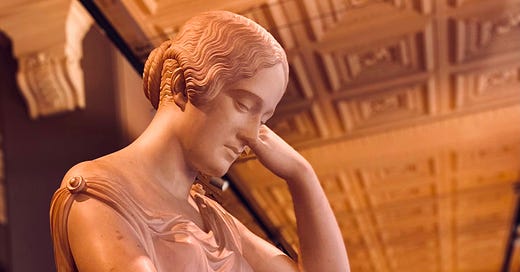



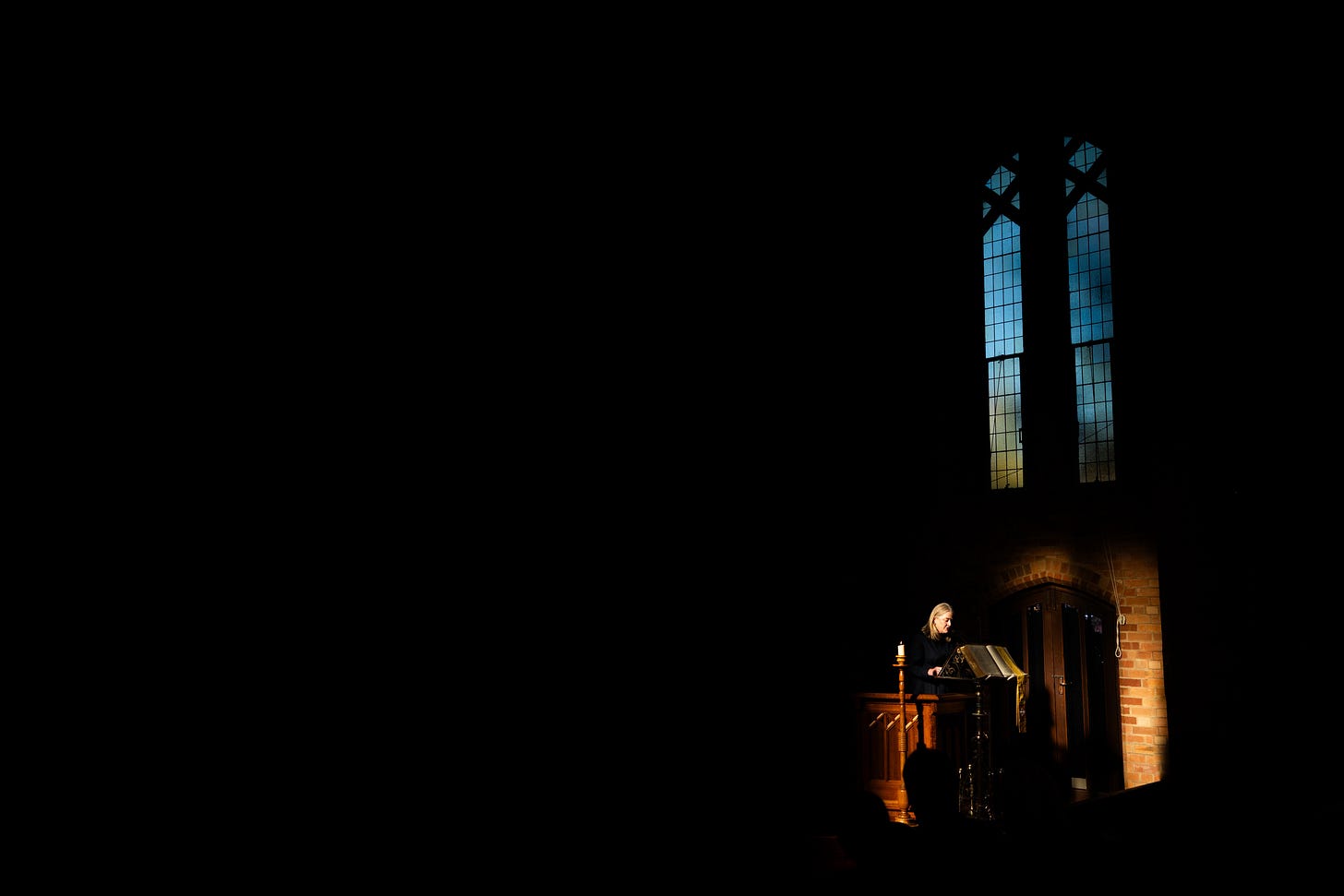




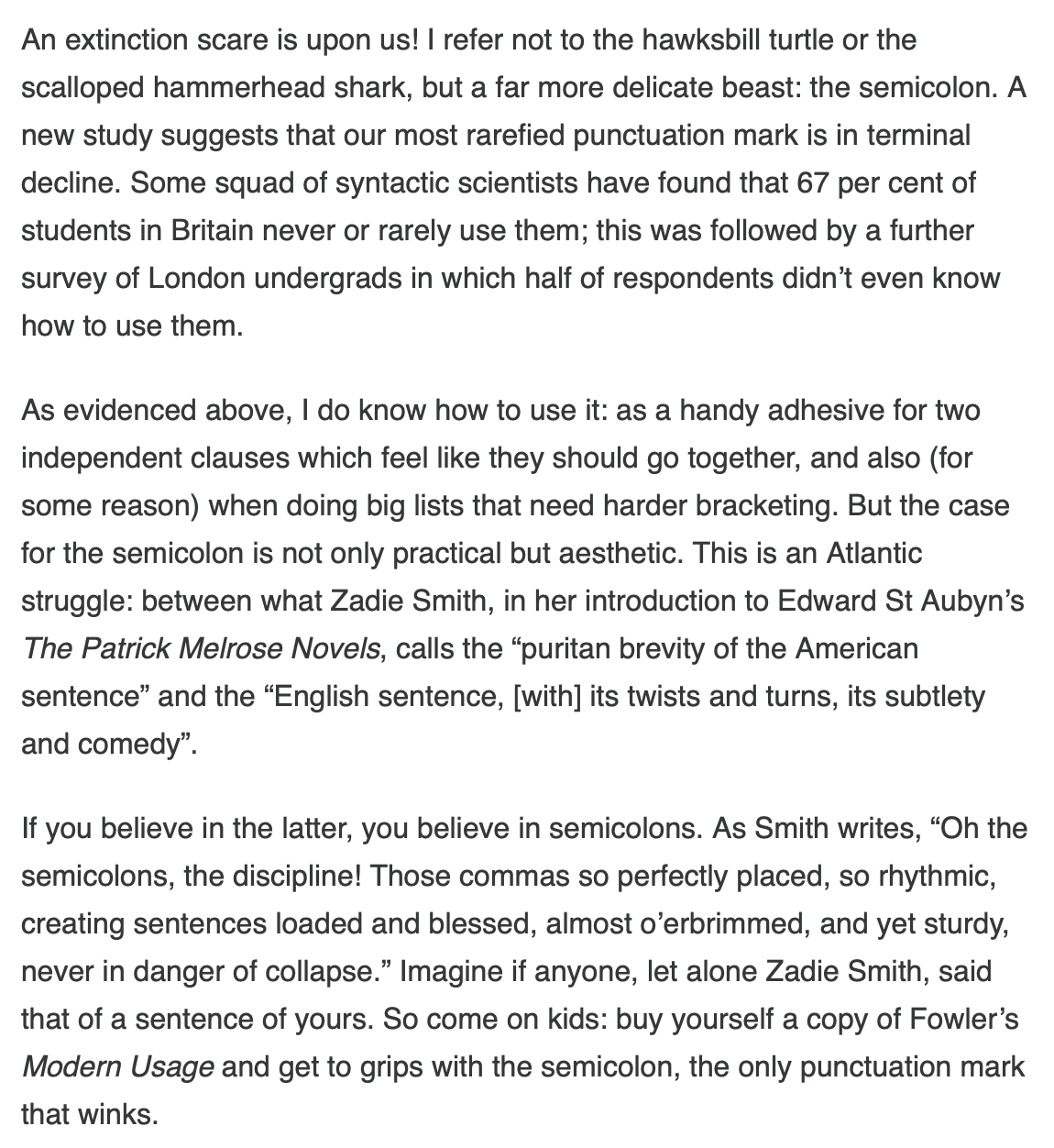




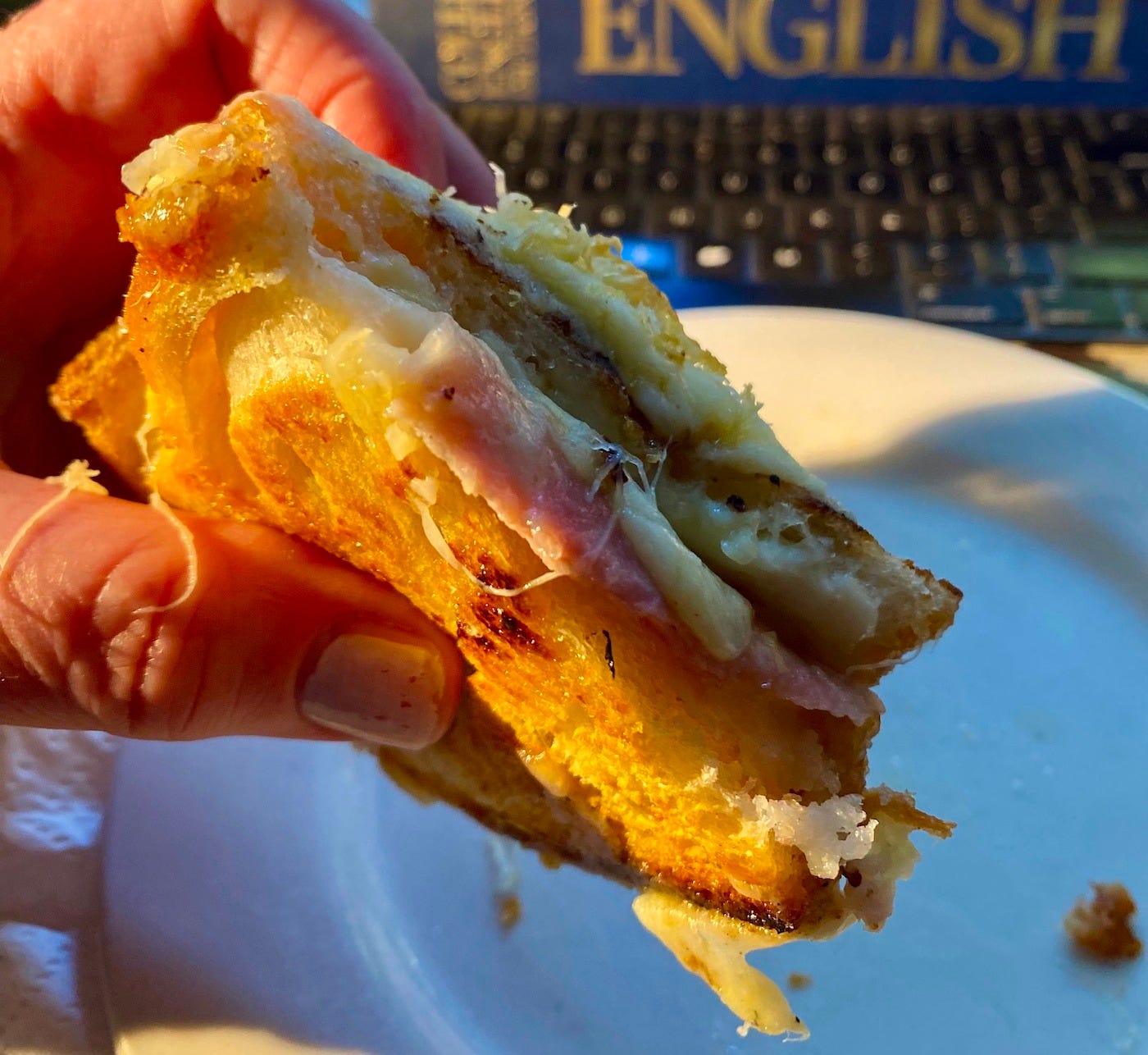


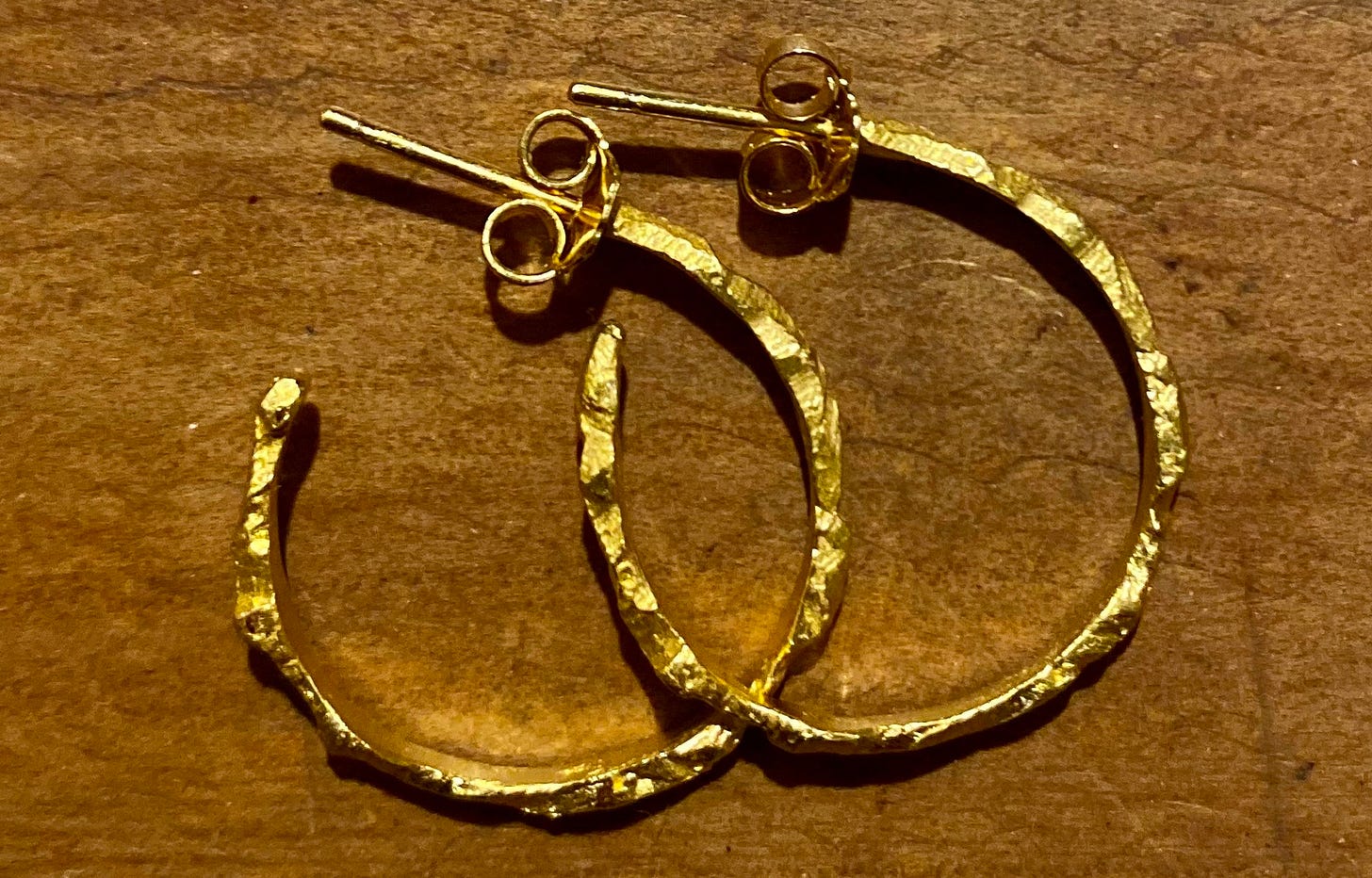
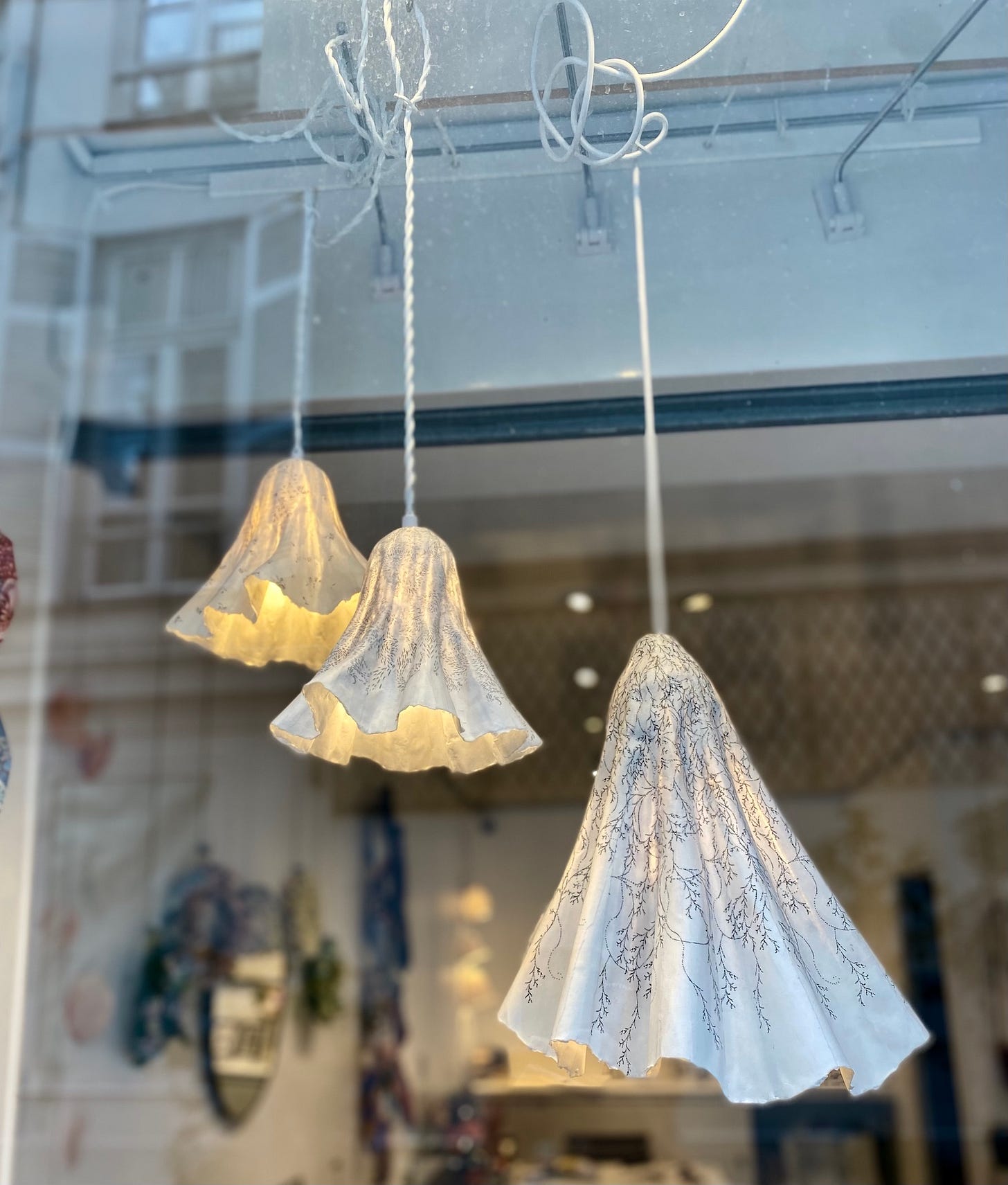
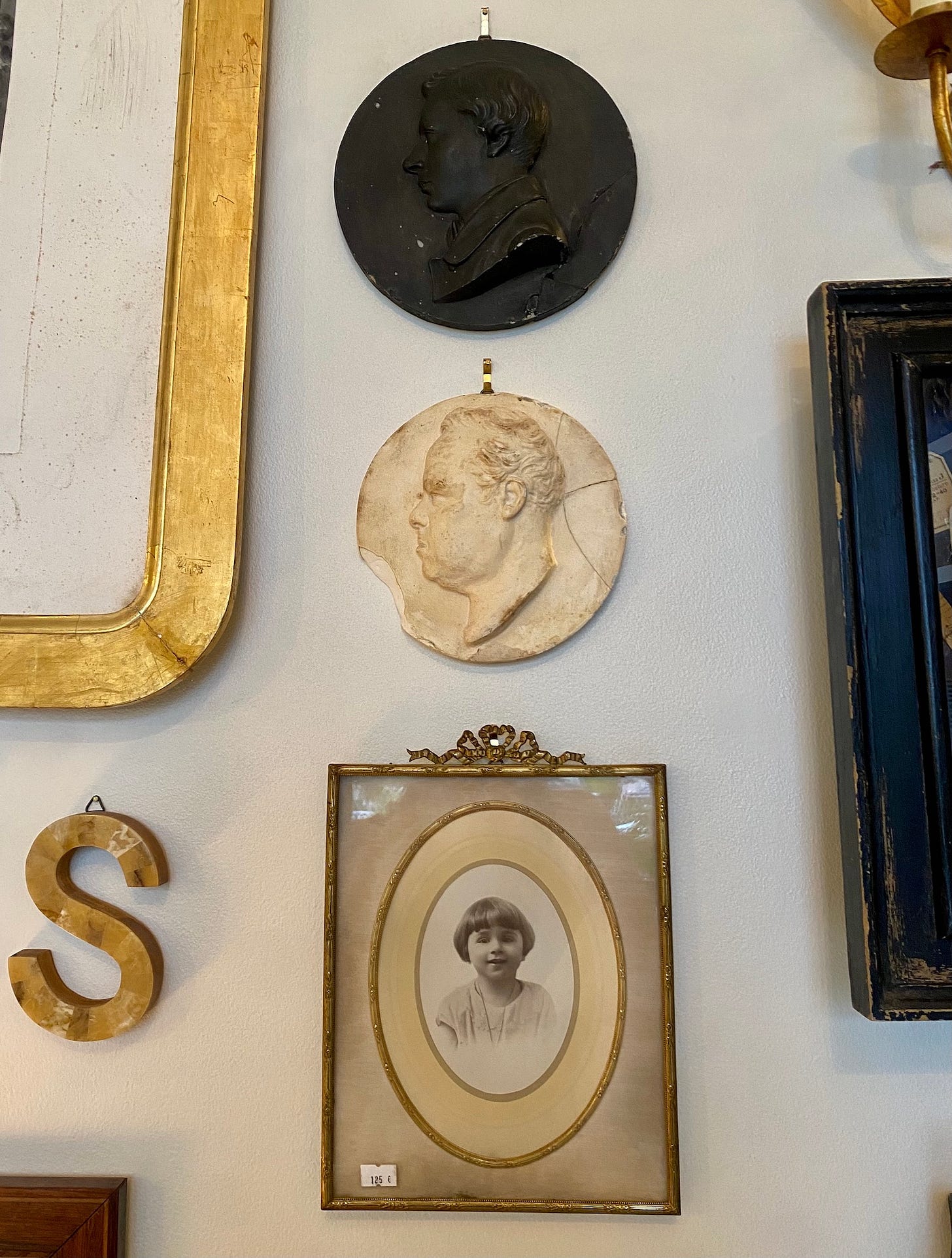








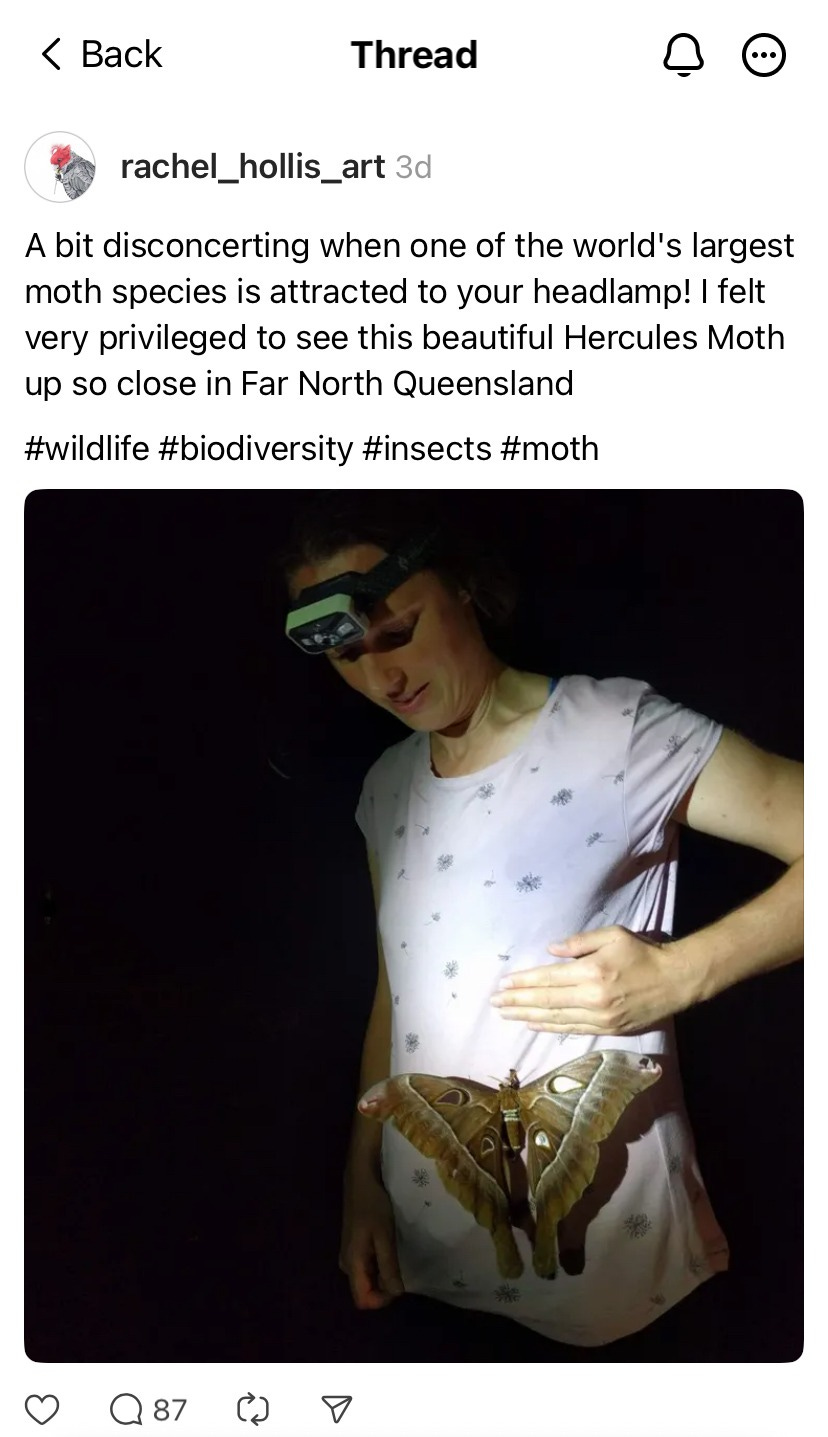
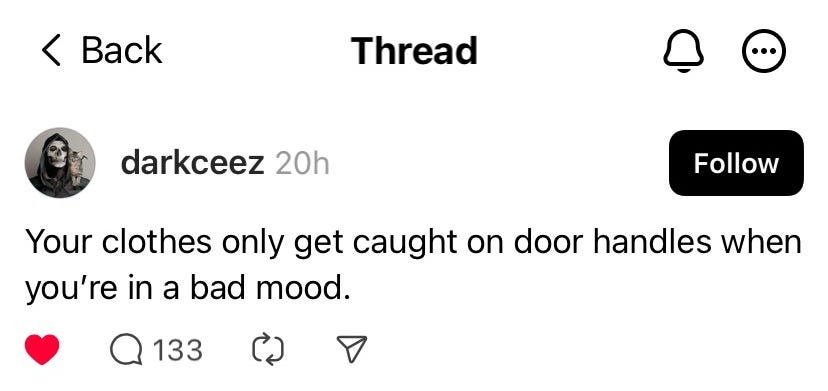
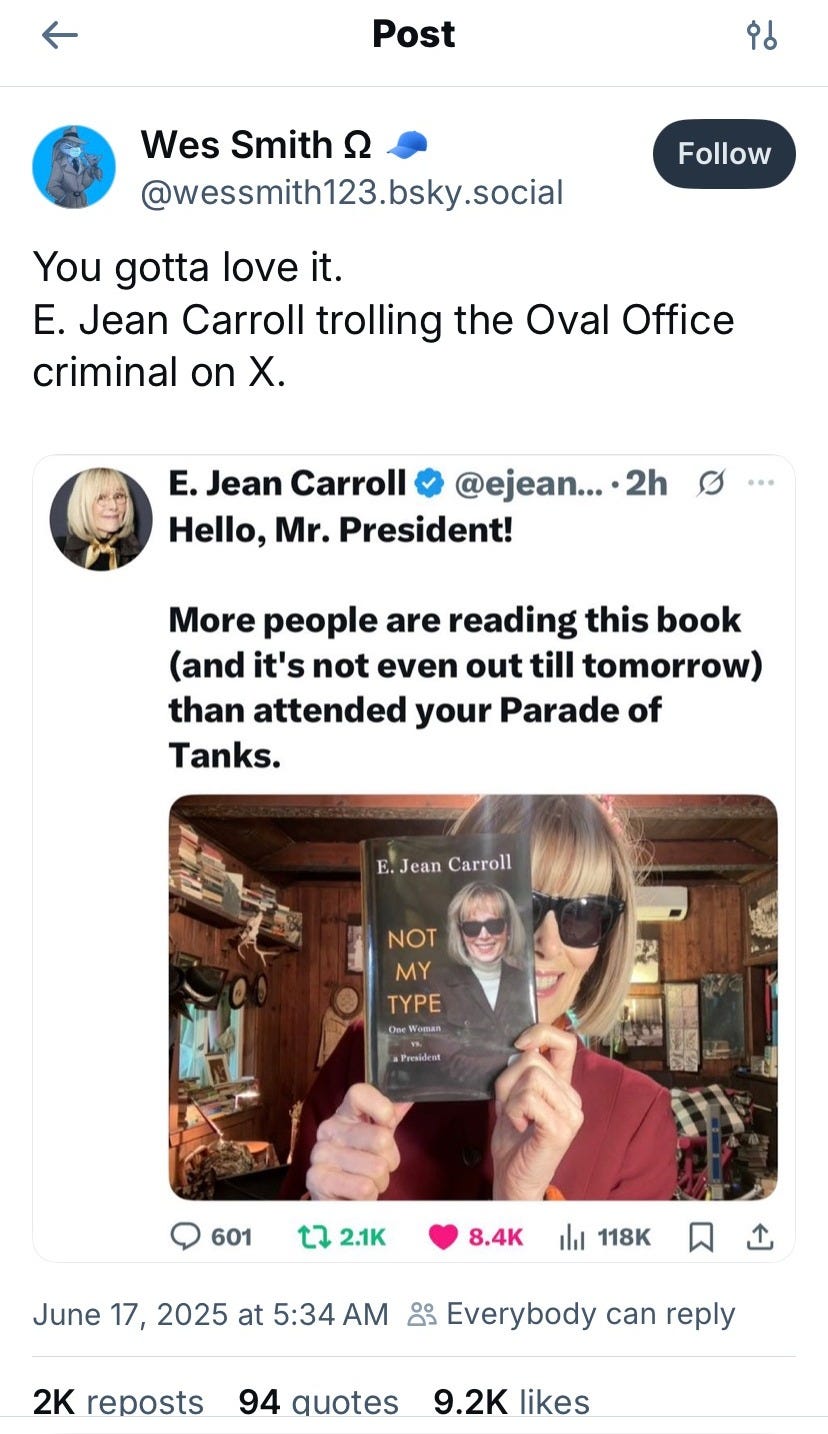

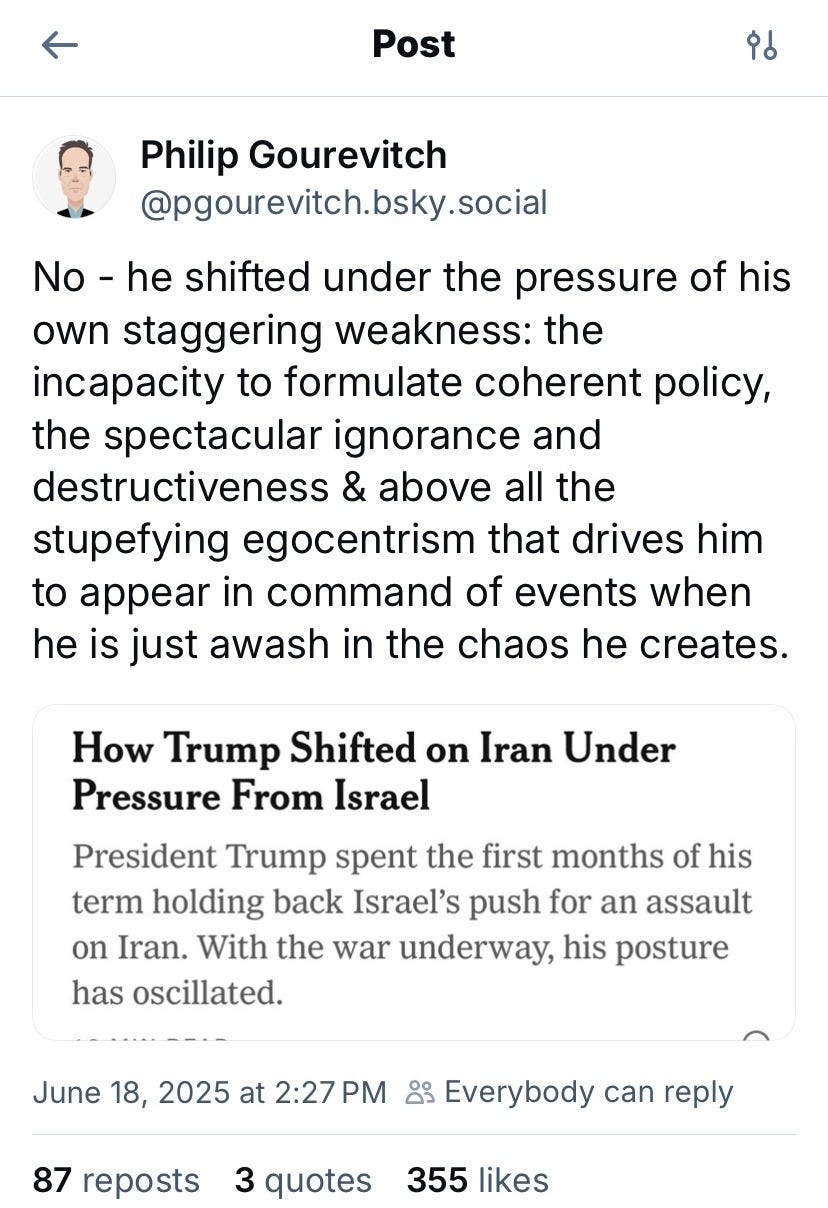

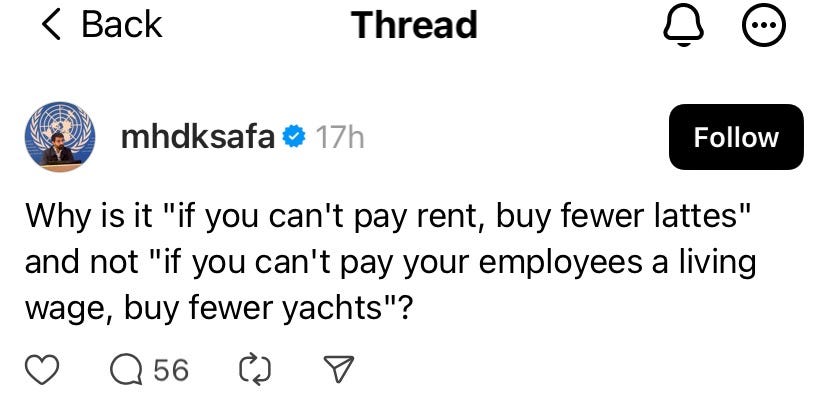
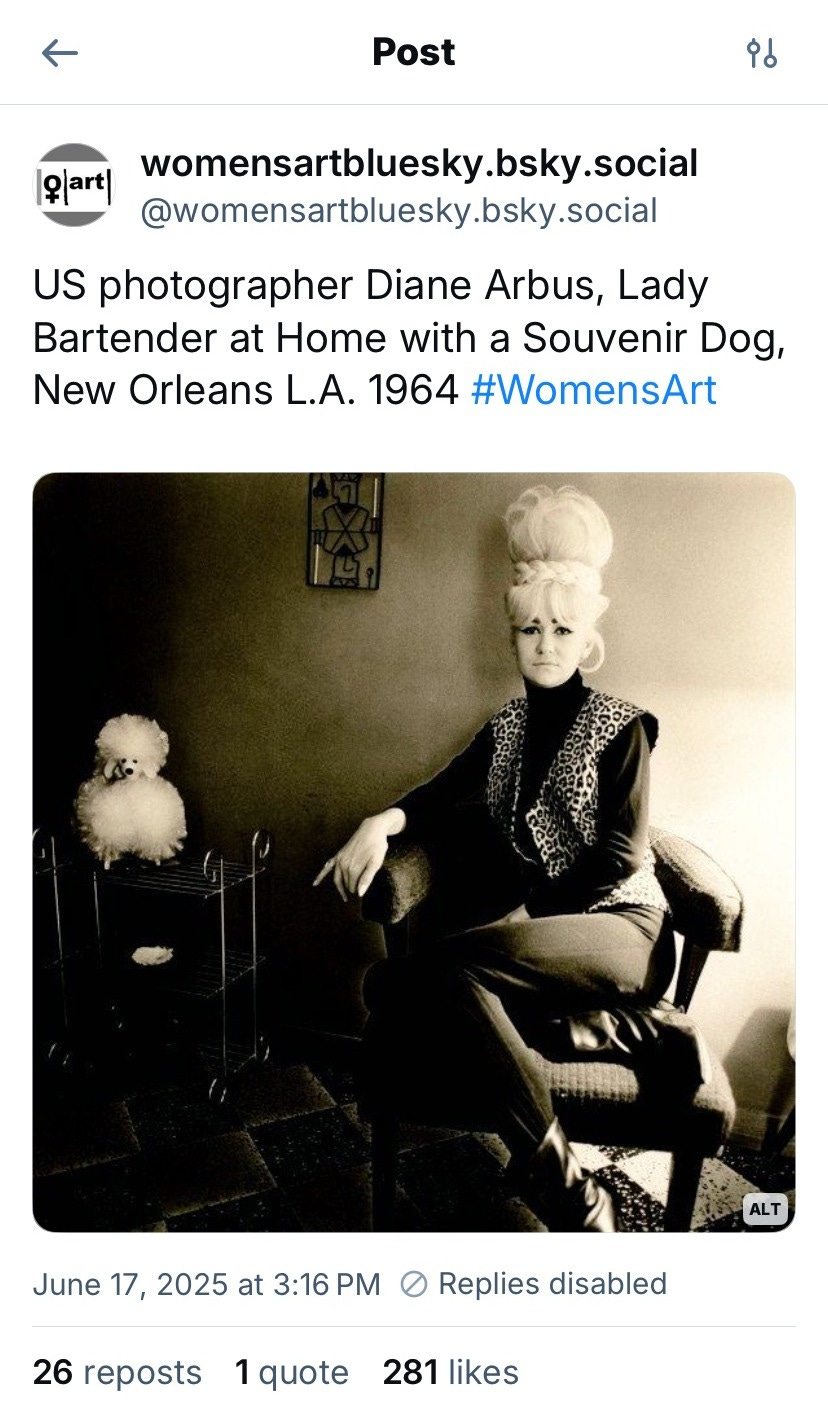
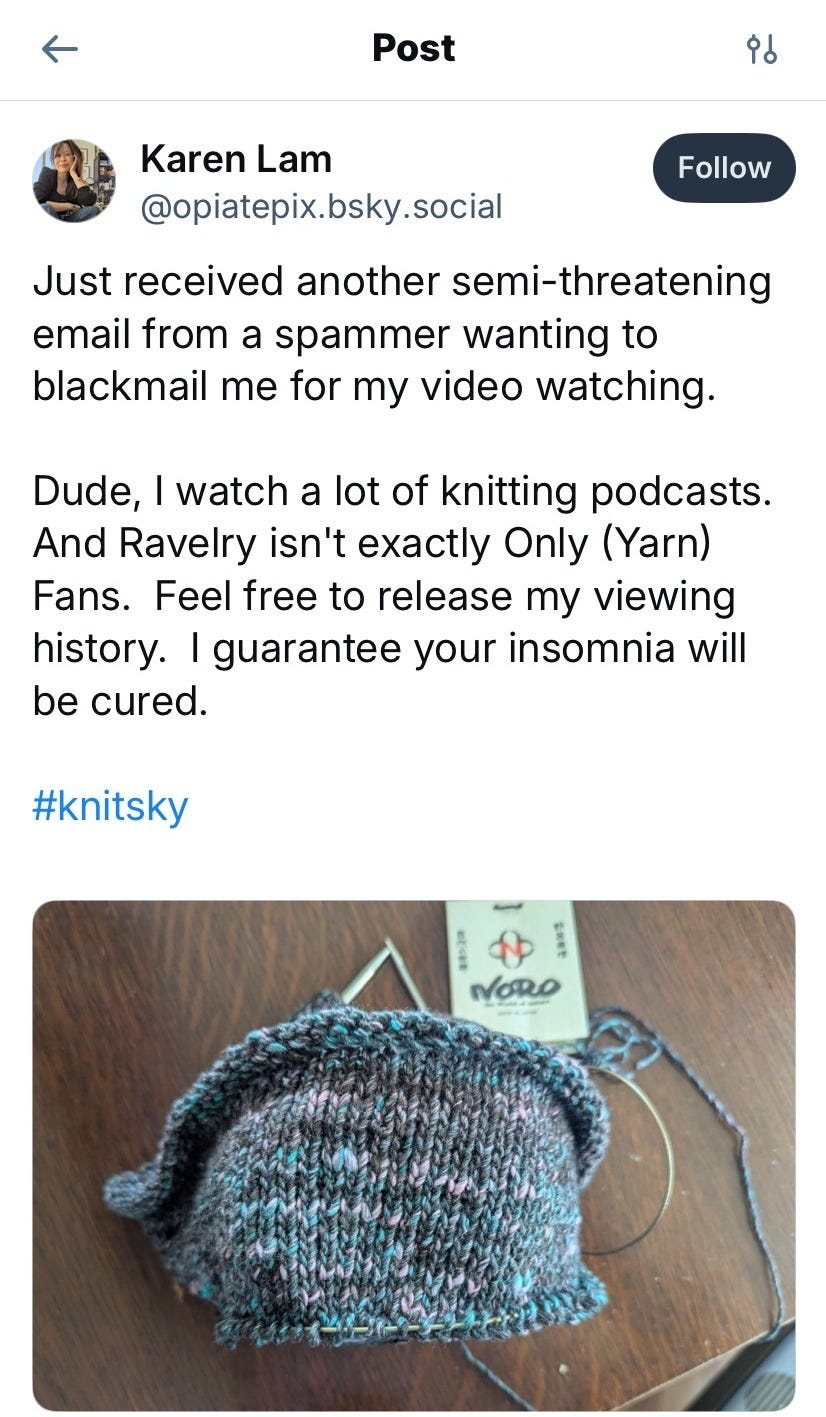



A beautiful piece of writing...thank you...we need to get more comfortably uncomfortable about this most inevitable part of 'life'/living/existence.
There is so much beautiful content in this newsletter to thank you for Stephanie, I don't know where to start.
Thank you so much 🙏